The COVID-19 pandemic took its toll on the 2020 mango market. This year, things look much better. In Peru, the season is well underway at the moment. That's resulting in high-quality mangoes that are driving sales in Europe. The market situation might be favorable, but there's a lot of competition this year. Spain is one of the countries that's gaining ground.
"The Peruvian mango season is currently in full swing," Eryvan Leal Pires of Fruitmarket Agribusiness said a few weeks ago. This is a Dutch import company. "The Brazilian season has also started, but those volumes are still very limited. Peru sends around 300 containers a week. Brazil is only sending 80 containers. The mango market is stable this year."
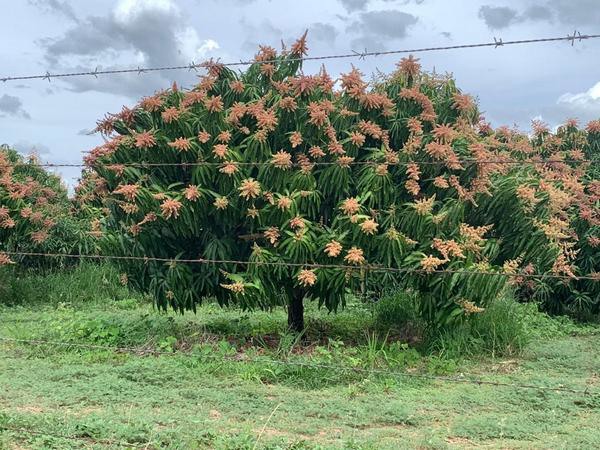
"It's good, compared to last year, which was a dramatic mango year. In 2020, COVID-19 caused a complete market collapse. In March, prices also crashed. Fortunately, the market's now recovering. And prices are at a good level of between €4 and €6. That depends on the variety, size, and quality. These prices are even slightly above average."
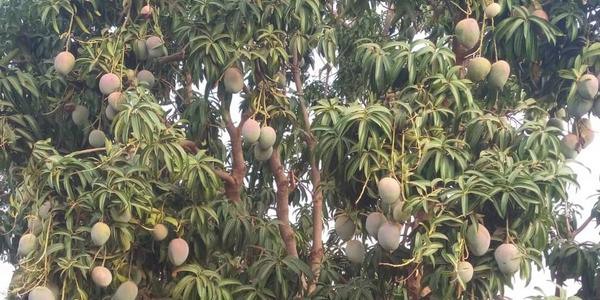
Eryvan is well-pleased with the mangos' quality too. "The Peruvian mangos are of excellent quality. That stimulates sales to such an extent that we can speak of a good season. In Peru, the season continues until the beginning of/mid-April. The Puira cultivation area has already stopped, and mangos are slowly running out in Casma too. The Ivorian season follows the Peruvian one. But we're not expecting large volumes until May. So, there'll be a gap in the supply."
From Italy to Norway
"The Kent is still the most popular mango variety. This best-known, well-loved mango tastes great and ripens well. That makes Kent's quality very reliable. Because it's so popular, there's little investment in new varieties. Our clients, too, prefer Kent mangos. We supply supermarkets and wholesale markets across Europe. From Italy to Norway, you can find our mangoes everywhere. By supplying so many countries, we spread the risk. We might lose one country. However, then we can still focus on the others to which we still have access."
20 years of mangos
Fruitmarket Agribusiness was founded ten years ago. It specialized in mangos from the start. Eryvan has been in the business for more than 20 years, working with mangos all along. "We have a lot of knowledge of this product. That's because we've been working with it for so long. We're in direct contact with the farmers in the cultivation countries," he explains.
"That's one of our strongest points. We buy the mangos directly from the plantations. So, we can supply the best quality mangos. Currently, we only supply European countries. But next year our new branch, Fruitmarket USA LLC, will start selling mangos on the American market. That's a huge step for our company."
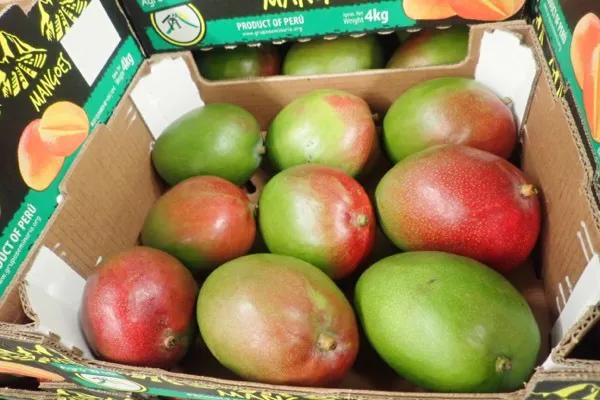
Competition
The trader may be optimistic about the current market. But, Eryvan admits there's a lot of competition in the import mango market. "Spain is becoming a bigger and bigger competitor. That country has invested a lot in mango cultivation in recent years. And it offers good quality mangoes. The Spanish season runs from August to December. So, it's not year-round. Spain is in Europe, which is a big advantage."
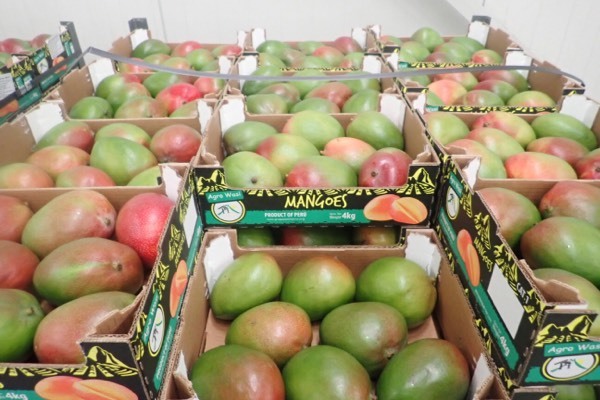
"Farmers can harvest their mangos much fresher, and transit times are short. Spain has become a truly formidable opponent for overseas countries. Portugal also invests in mango cultivation, but their production is still minimal. Portuguese people eat the most mangos in Europe. Most of those come from Brazil because Portugal has such good ties with the country."
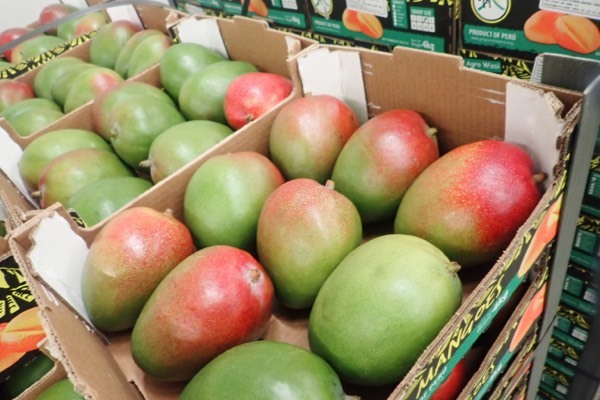
"The biggest future challenge will be offering high-quality mangos year-round. Central America provides very nice products. Mexico is the world's largest mango exporter. But 90% of those mangos go to the US. Still, there's increasing interest in Europe for imported Mexican Kent mangos. In West Africa, farmers will deliver good quality products one year. And the next, finding good quality mangos there is a challenge. We see that exporters are investing in the necessary certifications to supply the retail market. That's a good development," concludes Eryvan.
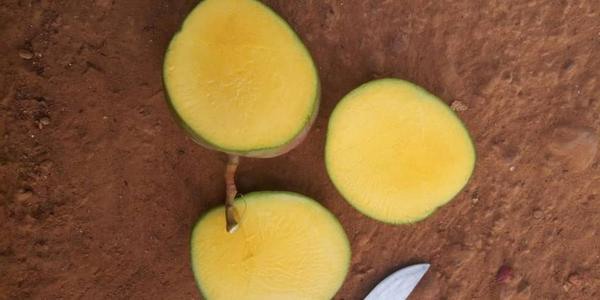
Eryvan Leal Pires Fruitmarket Agribusiness BV
Fruitmarket Agribusiness BV
Lichtenauerlaan 102-120
3062 ME Rotterdam, NL
Ph: +31 10 340-0125
Skype: eryvan
www.fruitmarket.com
Eryvan@fruitmarket.nl
